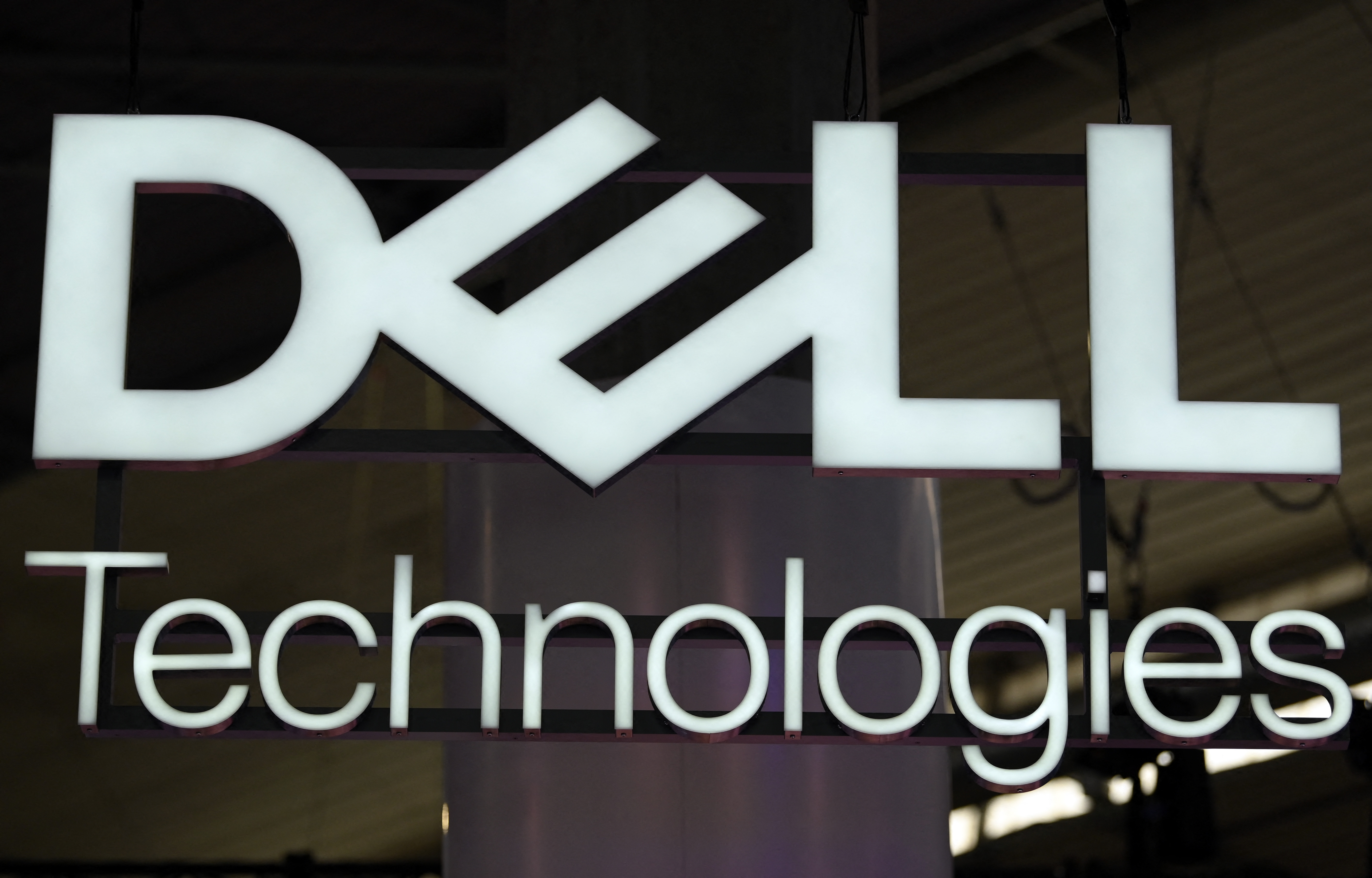Innovation, innovation, innovation
The right datacentre partnership can help IT professionals achieve a balance between keeping the lights on and innovating...

Human beings are complex animals we enjoy being creative and being praised for good ideas and success, but we're also worried about how others will judge us. Sometimes, we'd rather play it safe than try something new, even if we think it could actually be a more effective way of working.
Despite some of the harsher stereotypes out there, those who work in IT are no different. They want to be innovative, to bring added value to what they do/the company does each day. However, this is more easily said than done, when just keeping things ticking over can occupy most of their working day.
Datacentre dilemma
The datacentre is where the vital organs of a business sit without it, an business will very quickly cease to function and in a worst-case scenario, die. Keeping the datacentre up and running is and in the best possible health is, therefore, a massively important job.
It's not an easy one either. Improvements in data centre technologies, like all-flash drives and hyper-converged infrastructure, have increased efficiency, but made scaling and flexibility harder.
If keeping the lights on is taking up the majority of IT professionals' time, then it means they're defined largely by maintenance. The lack of opportunity to bring forward new ideas means they aren't likely to be noticed more widely in the business unless something goes wrong that is.
But moving away from this way of working isn't easy, for several reasons.
The biggest question that needs to be answered is "how?" An obvious option is to bring on board more staff, but this can be counterproductive. Not only do new staff cost money (25,000 and upwards in the UK, depending on role, skills set, location and experience, according to PayScale and GlassDoor), they will also be spending their time on maintenance, rather than creativity and innovation.
There's also the problem of human nature; while we may want to behave more creatively and have our efforts recognised, we also like comfort and known quantities. Things may not be ideal now, but what if change makes them worse?
Sharing the burden
One of the most effective ways to increase the time available to an IT team for innovation and also overcome these concerns is to bring in a datacentre partner.
"[Having a datacentre partner] means a lot of the grunt work of operating a data centre can be offloaded," says Clive Longbottom, service director at analyst firm Quocirca.
"Also, a lot of the intelligence about what type of changes will be needed in how the datacentre needs configuring, along with when, can be gained through partnering with those who do all of this for a living," he adds.
The importance of this can hardly be overstated. Innovation and ideas are not the same thing and if the infrastructure isn't there to support the IT team in its new goals, then you end up with wasted creativity, not to mention time and effort.
The partner firm should bring in technology that has low latency and high performance relative to what was in place before with customer support that's at least on a par with what the internal team was providing. This will enable the IT team to realise their new, innovative ambitions while also improving performance for the rest of the business.
Moving forward in partnership
The next question is how to get started down this road and there are several options. Partnerships can be initiated when creating a new data centre, adding to existing capabilities, or even just providing services for a one-off project.
In fact, when it comes to finding out who would be best to partner with and what the ideal partnership looks like, IT teams may want to look at this last element first.
"Keeping the lights on is really important so it's how you set yourself up to be able to transition to do some new things [that's important]," says Bola Rotibi, founder and research director of Creative Intellect Consulting.
"Start with a small project with a known business case. The danger is everyone tries to boil the ocean while sometimes it may be necessary to do a major transformation project, the ones where I've really seen a groundswell are the ones where there is a fixed project with a known business case," Rotibi adds.
This way, she says, there are a greater number and variety of metrics available by which to judge success. Concretely, these will include the relative cost of operations was it faster and more efficient to use the partner's infrastructure vs if you had done the same yourself as well as whether the terms of contract were met as expected (and if not, why not). The knockout question, of course, will be whether the project in question was completed successfully and if the IT team was able to work in a more innovative, creative way.
Ultimately, finding the ideal datacentre partner will take time, but it will also offer untold rewards for the business as a whole and for the IT professionals within it individually. And that's when individual and collective organisation can really be unleashed
Get the ITPro daily newsletter
Sign up today and you will receive a free copy of our Future Focus 2025 report - the leading guidance on AI, cybersecurity and other IT challenges as per 700+ senior executives

Jane McCallion is Managing Editor of ITPro and ChannelPro, specializing in data centers, enterprise IT infrastructure, and cybersecurity. Before becoming Managing Editor, she held the role of Deputy Editor and, prior to that, Features Editor, managing a pool of freelance and internal writers, while continuing to specialize in enterprise IT infrastructure, and business strategy.
Prior to joining ITPro, Jane was a freelance business journalist writing as both Jane McCallion and Jane Bordenave for titles such as European CEO, World Finance, and Business Excellence Magazine.
-
 Cleo attack victim list grows as Hertz confirms customer data stolen
Cleo attack victim list grows as Hertz confirms customer data stolenNews Hertz has confirmed it suffered a data breach as a result of the Cleo zero-day vulnerability in late 2024, with the car rental giant warning that customer data was stolen.
By Ross Kelly
-
 Lateral moves in tech: Why leaders should support employee mobility
Lateral moves in tech: Why leaders should support employee mobilityIn-depth Encouraging staff to switch roles can have long-term benefits for skills in the tech sector
By Keri Allan
-
 Discover the six superpowers of Dell PowerEdge servers
Discover the six superpowers of Dell PowerEdge serverswhitepaper Transforming your data center into a generator for hero-sized innovations and ideas.
By ITPro
-
 Grow and innovate on an energy-efficient, sustainable IT infrastructure
Grow and innovate on an energy-efficient, sustainable IT infrastructurewhitepaper Grow and innovate on an energy-efficient, sustainable IT infrastructure
By ITPro
-
 How can IT teams best deliver value?
How can IT teams best deliver value?whitepaper How can IT teams best deliver value?
By ITPro
-
 Looking to streamline IT transformation? Here's how.
Looking to streamline IT transformation? Here's how.whitepaper Looking to streamline IT transformation? Here's how.
By ITPro
-
 Enhance end-to-end data security with Microsoft SQL Server, Dell™ PowerEdge™ Servers and Windows Server 2022
Enhance end-to-end data security with Microsoft SQL Server, Dell™ PowerEdge™ Servers and Windows Server 2022whitepaper How High Performance Computing (HPC) is making great ideas greater, bringing out their boundless potential, and driving innovation forward
By ITPro
-
 Dell PowerEdge Servers: Bringing AI to your data
Dell PowerEdge Servers: Bringing AI to your datawhitepaper How High Performance Computing (HPC) is making great ideas greater, bringing out their boundless potential, and driving innovation forward
By ITPro
-
 Dell Technologies AI Fabric with Dell PowerSwitch, Dell PowerEdge XE9680 and Broadcom stack
Dell Technologies AI Fabric with Dell PowerSwitch, Dell PowerEdge XE9680 and Broadcom stackwhitepaper How High Performance Computing (HPC) is making great ideas greater, bringing out their boundless potential, and driving innovation forward
By ITPro
-
 Drive powerful AI insights with an open ecosystem
Drive powerful AI insights with an open ecosystemwhitepaper Dell PowerEdge XE9680 server with AMD Instinct™ MI300X Accelerator and ROCm™ 6 open software platform
By ITPro